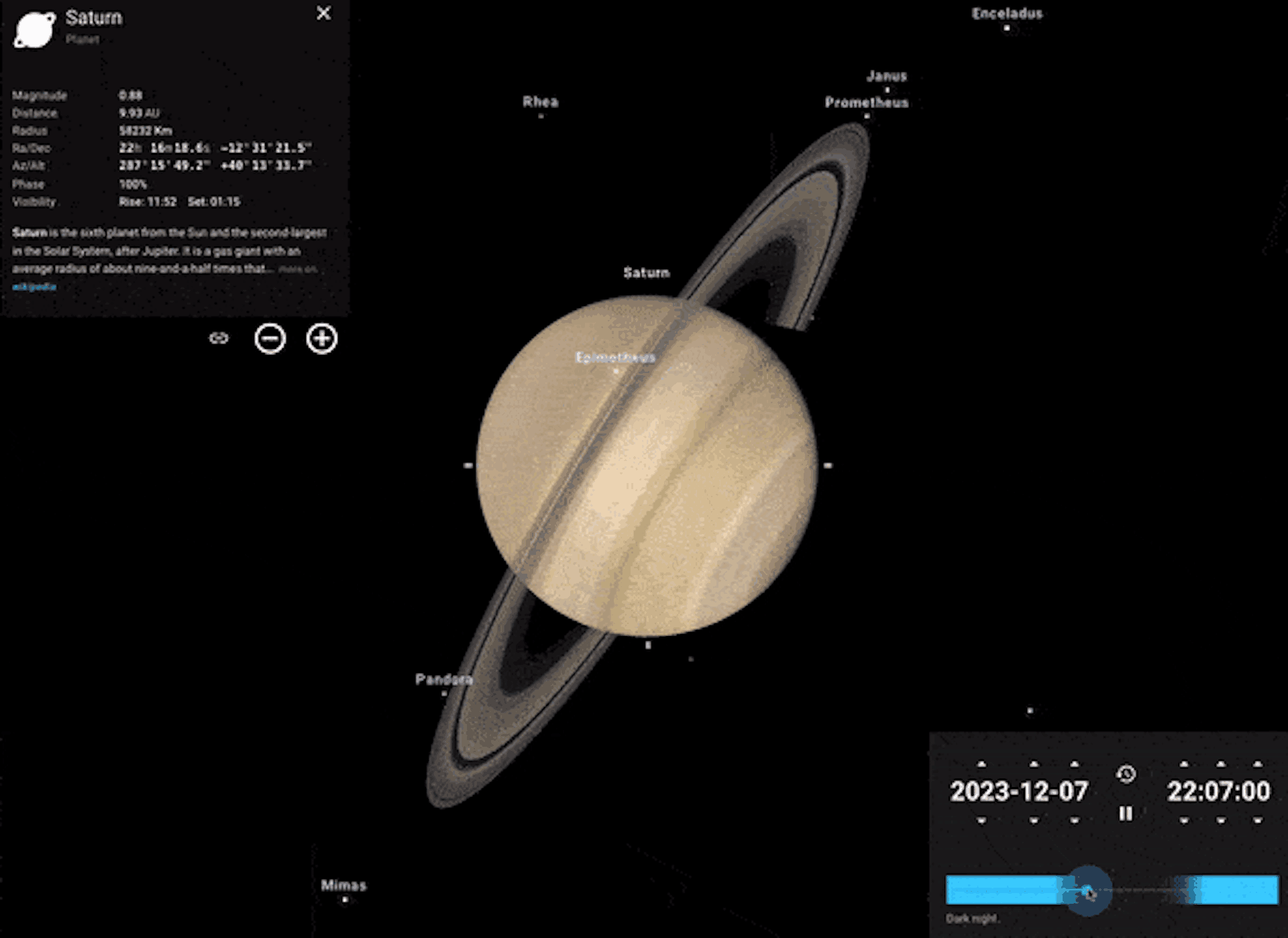Camping under the stars is a peaceful and relaxing experience that many people enjoy during the holidays. It can also ignite a passion for astronomy and the wonders of space. As an astronomer, one of my greatest joys is sharing the night sky with others. Whether through a telescope or simply pointing out constellations and planets, there are many ways to appreciate and enjoy the beauty of the night sky without breaking the bank.
To get started in stargazing, it’s helpful to learn your way around the night sky. In the past, this involved using a star map or reference book, but now there are countless apps available to assist you. Stellarium is a great example of a planetarium program that allows you to view the night sky from the comfort of your own room or plan an evening of observing ahead of time.
Another technique for memorizing the night sky is star hopping. Start by identifying a bright and easily recognizable constellation, and use it as a guide to locate other constellations nearby. By learning one constellation per week, you can become familiar with most of the constellations visible from your location within a year.
For example, let’s use Orion as a starting point. By following the line of Orion’s belt upwards and to the right, you’ll come across Sirius, the brightest star in the night sky. Continuing on this line will lead you to Canopus, the second brightest star. Returning to Orion’s belt and following its line down and to the left will bring you to the Hyades star cluster, which makes up the head of Taurus, the bull. Further along this line is the Pleiades, also known as the Seven Sisters.
By using Orion as a signpost, you can navigate your way to several other constellations as well. This method of star hopping allows you to gradually become familiar with the night sky until the constellations feel like old friends.
While observing the night sky with the naked eye is a wonderful experience, it’s also exciting to zoom in and see more detail. If you don’t have access to binoculars or a telescope, software like Stellarium can provide a virtual observing experience. You can easily search for specific celestial objects, such as Saturn, and zoom in to see more details. You can even manipulate the time to observe the movement of planets and their moons.
However, nothing compares to the real thing. I highly recommend using planetarium programs like Stellarium to plan what you want to see and then heading outside to observe it with your own eyes. Astronomy is a hobby best shared, and many towns and cities have astronomy clubs that welcome guests who are interested in stargazing. These clubs often have knowledgeable members who are eager to share their passion and equipment with others. Universities and astronomy clubs also frequently offer public night sky viewing nights, providing an opportunity to observe the sky through a telescope with experienced guides.
If you’re interested in learning more about the night sky, I encourage you to reach out to your local astronomy society. Joining a group like this can be the start of a special journey into the wonders of the universe.


